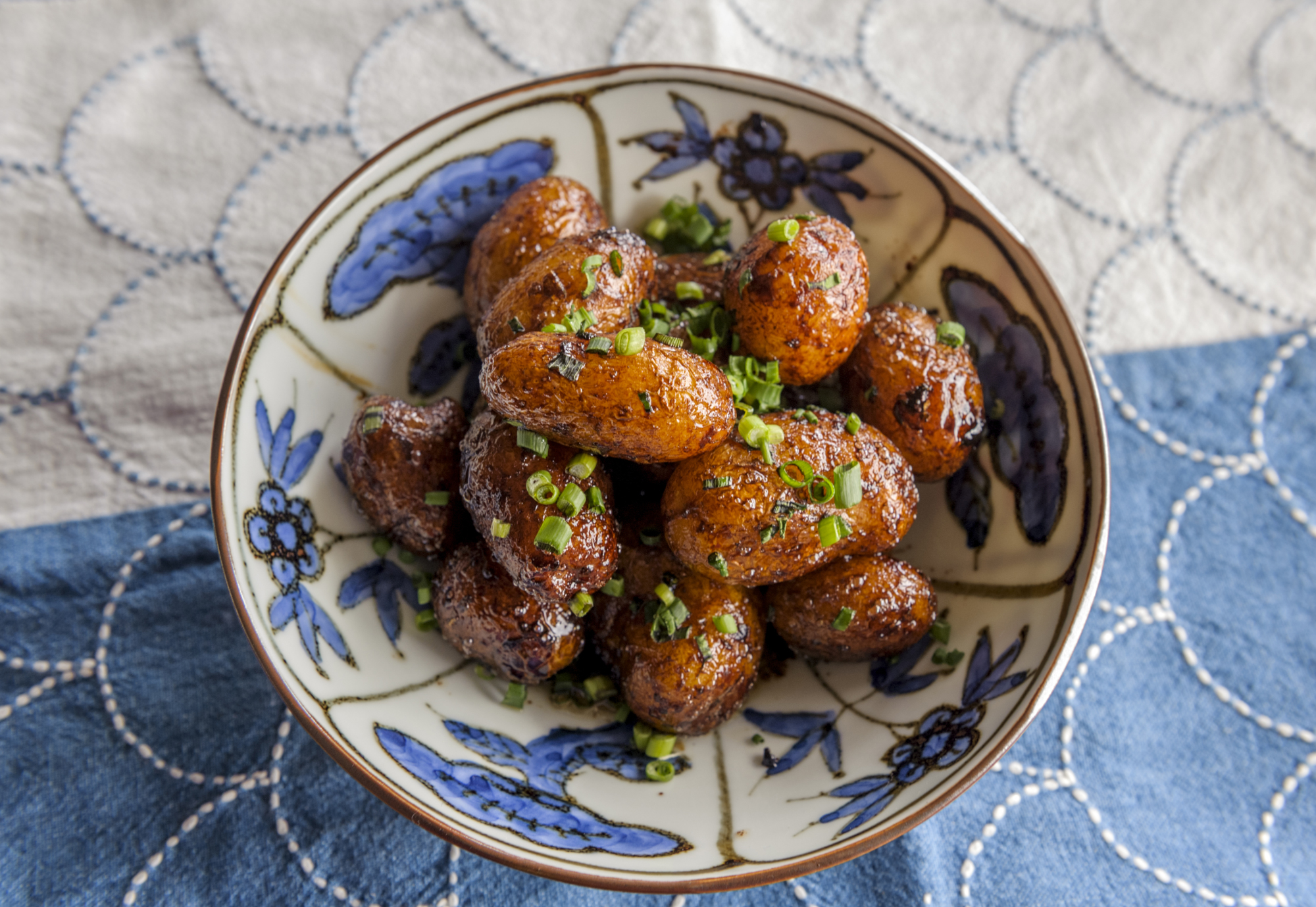The main clue as to when potatoes first entered Japan comes from its name in Japanese, jaga-imo.
When the tubers, which originate in the Americas, were first introduced to the port city of Nagasaki in 1598, they were brought in by Dutch traders from Djajakarta or Jacatra, as Jakarta, Indonesia, was known at the time. Therefore they were called jagatora-imo (imo being the word used for all potato-like vegetables). The term was eventually shortened to the jaga-imo we know today.
In the early years the potato was regarded as an ornamental plant, a curiosity for plant collectors rather than a food source. The earliest record of its cultivation as a food crop dates from 1706, when it was grown in Hokkaido. In the late 18th through early 19th century, potato production was encouraged as a way to combat famine when the rice crop was poor, especially in northern Japan, where growing rice was difficult. There is also evidence that the indigenous Ainu people of the north grew potatoes, too, possibly influenced by contact with the Russians.



